Embracing Green Building in Armenia: A Sustainable Future
As the world continues to grapple with climate change, the need for sustainable construction practices cannot be overemphasized. Green building practices have gained momentum in Armenia in recent years as the country strives to reduce its carbon footprint and promote environmental conservation. Sustainable design and architecture, energy-efficient buildings, and the use of green building materials are just some of the ways Armenia is embracing eco-friendly construction. Green Building in Armenia may have been slow to start but it is picking up pace.
The benefits of green building practices are numerous, including reduced energy costs, improved indoor air quality, and a lower carbon footprint. By embracing green building practices, Armenia is not only contributing to environmental conservation but also promoting sustainable economic growth.
In 2017, Armenia had only two green building activities by educational non profits, including both certifications and registrations. However, the country is familiar with the concept of green finance and certification, so Armenia is an opportune country for green building growth in the Caucasus.
Key Takeaways:
- Green building practices are gaining momentum in Armenia.
- The country’s architecture is based on traditions and the fact that it is prone to earthquakes.
- Sustainable design and architecture, energy-efficient buildings, and the use of green building materials are some of the ways Armenia is embracing eco-friendly construction.
- Green building practices have numerous benefits, including reduced energy costs, improved indoor air quality, and a lower carbon footprint.
The Rise of Green Building in Armenia
Armenia is taking steps towards a sustainable future by embracing green building practices and sustainable construction.
The growth of green building in Armenia can be attributed to a number of factors, including government initiatives and regulations promoting sustainable construction practices. For example, in 2019, the Armenian government adopted a new energy efficiency policy aimed at reducing energy consumption and promoting the use of renewable energy sources in buildings.
Furthermore, notable green building projects in the country, such as the Green Lane Business Center in Yerevan, have demonstrated the positive impact of sustainable construction practices on both the environment and the local community.

The rise of green building in Armenia is not only contributing to a more sustainable future, but also creating economic opportunities. The adoption of green building practices has the potential to create new jobs in the construction industry, while also reducing long-term operating costs for building owners.
Overall, the growing emphasis on sustainable construction in Armenia is a step in the right direction towards a greener and more sustainable future.
Sustainable Design and Architecture in Armenia
In Armenia, sustainable design and architecture play a crucial role in promoting green building practices. The integration of natural elements, such as green spaces and natural ventilation, is a vital aspect of eco-friendly architecture. Architects and builders in Armenia have embraced sustainable design and incorporated it into their projects, promoting environmentally responsible construction practices.
The use of sustainable materials has become increasingly important in the country, with builders sourcing locally available resources and using recycled materials in their constructions. In addition, the implementation of passive design strategies, such as proper insulation and shading, helps to reduce energy consumption and improve the overall comfort of the building.
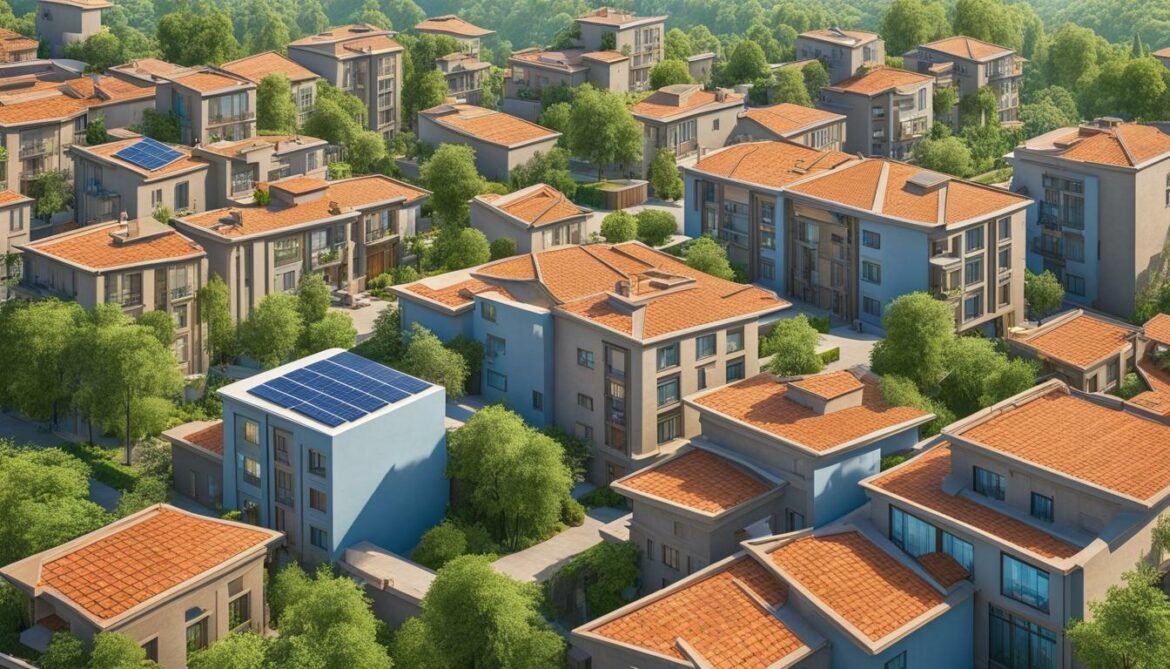
Green roofs are another popular feature in Armenia’s sustainable architecture projects. They are designed to promote biodiversity and improve air quality while regulating temperature and reducing stormwater runoff. Innovative techniques, such as rainwater harvesting, which involves collecting rainwater for use in irrigation and flushing toilets, are also gaining popularity in Armenia.
The country’s emphasis on sustainable design and architecture has resulted in numerous green building projects. One notable example is the Tumo Center for Creative Technologies in Yerevan, which was designed to be energy-efficient and operates entirely on renewable energy. Another remarkable project is the Dilijan Eco-Resort, which features 14 buildings that blend seamlessly into the surrounding forest and use local materials in their construction.
Overall, Armenia’s commitment to sustainable design and architecture plays a vital role in promoting eco-friendly construction practices. By integrating natural elements, using sustainable materials, and implementing innovative techniques, builders in Armenia are creating buildings that are not only energy-efficient and environmentally responsible but also aesthetically pleasing.
Energy-Efficient Buildings: A Step Towards Green Construction
Incorporating energy-efficient technologies in constructions is a crucial step towards green building practices in Armenia. By reducing energy usage, these buildings contribute to the reduction of carbon emissions, lower operating costs, and improve air quality.
One of the most common energy-efficient technologies used in Armenia is the installation of solar panels. These panels help to capture and utilize the sun’s energy to power buildings, reducing the dependence on conventional sources of energy.
Smart building systems are also becoming increasingly popular in Armenia. These systems help to optimize energy usage, reduce waste, and improve building performance. By monitoring various environmental factors and adjusting accordingly, they help to save energy and reduce costs.
Energy-efficient buildings not only benefit the environment but also provide substantial cost savings over the long term. Owners of these buildings can expect reduced energy bills and lower maintenance costs, making them an excellent investment.

The implementation of energy-efficient technologies is an essential aspect of green building practices in Armenia. The government’s efforts in promoting and incentivizing the use of such technologies have led to significant progress in the adoption of green building practices in the country.
Green Building Materials and Techniques in Armenia
In Armenia, sustainable construction materials are becoming increasingly popular in green building practices. These materials are eco-friendly and have a lower environmental impact compared to traditional building materials. Some of the commonly used green building materials in Armenia include recycled materials and locally sourced resources.
Recycled materials, such as reclaimed wood and recycled steel, are used in constructing sustainable buildings in Armenia. These materials are durable and can reduce the carbon footprint of building projects. They also help to reduce the amount of waste that goes into landfills.
Locally sourced resources, such as clay and stone, are also used in green construction techniques in Armenia. These materials have a lower carbon footprint as they do not require long-distance transportation. Additionally, their use supports local economies and preserves traditional building methods.
| Green Construction Techniques | Description |
|---|---|
| Passive design strategies | These are techniques used to minimize energy consumption in buildings by maximizing natural light and ventilation. This includes designing buildings that are oriented towards the sun and using shading devices to reduce heat gain. |
| Rainwater harvesting | This technique involves collecting rainwater for use in activities such as irrigating green spaces and flushing toilets. This reduces the reliance on municipal water and conserves water resources. |
Green construction techniques in Armenia also include the use of energy-efficient technologies. Solar panels and smart building systems are commonly used to reduce energy consumption and promote renewable energy. These technologies also contribute to long-term cost savings for building owners.
Overall, the use of green building materials and techniques in Armenia is essential in promoting sustainable construction practices. By reducing the environmental impact of building projects, Armenia is moving towards a more sustainable future.
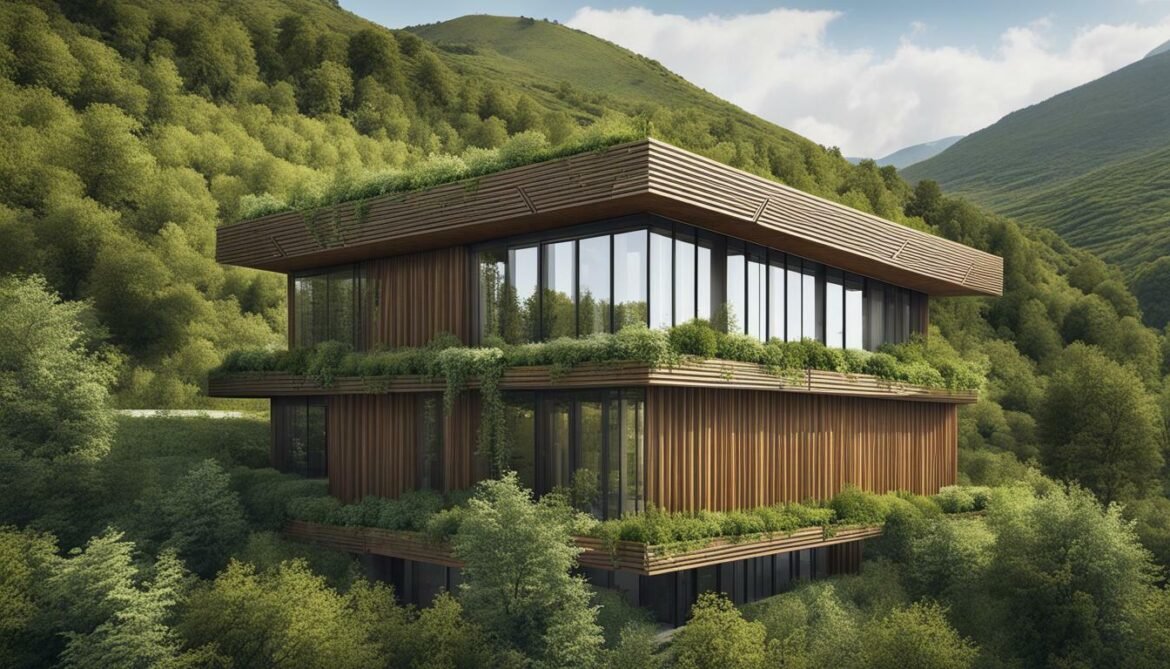
Conclusion
Green building is no longer a foreign concept in Armenia. As we have seen, sustainable construction practices have gained significant momentum in recent years, with the government playing an active role in promoting eco-friendly architecture and energy-efficient buildings.
Moreover, the rise of green building in Armenia is not just good for the environment, but also for the economy. With the long-term cost savings and reduced environmental impact associated with sustainable construction, green building presents a significant opportunity for the country to create a more sustainable future.
Embracing a Sustainable Future
As Armenia continues to embrace green building practices, we can look forward to a more environmentally-friendly and energy-efficient built environment. The use of sustainable materials and construction techniques, coupled with sustainable design and architecture, can create a truly eco-friendly environment.
In conclusion, the potential for green building in Armenia is substantial. By continuing to focus on energy efficiency, eco-friendly materials and sustainable construction practices, the country can take bold strides towards a sustainable future that benefits both the environment and the economy.
FAQ
Q: What is green building?
A: Green building refers to the practice of constructing buildings in an environmentally friendly and sustainable manner. It involves using eco-friendly materials, implementing energy-efficient technologies, and adopting construction techniques that minimize the impact on the environment.
Q: Why is green building important?
A: Green building is important because it helps reduce the negative impact of construction on the environment. It promotes energy efficiency, reduces carbon emissions, conserves natural resources, and creates healthier and more sustainable living and working spaces.
Q: What are the benefits of green building?
A: Green building offers numerous benefits. It helps lower energy bills, decrease water usage, improve indoor air quality, reduce waste generation, and enhance the overall quality of life. Additionally, it contributes to the preservation of the environment and supports the fight against climate change.
Q: Are there any government initiatives promoting green building in Armenia?
A: Yes, the Armenian government has implemented various initiatives and regulations to promote sustainable construction practices. These include providing incentives for green building projects, offering financial support for energy-efficient upgrades, and setting green building standards for new constructions.
Q: What are some examples of notable green building projects in Armenia?
A: Some notable green building projects in Armenia include the Yerevan Green Building, which is designed to be energy-efficient and environmentally friendly, and the Tumo Center for Creative Technologies, which incorporates sustainable design principles and renewable energy systems.
Q: How does sustainable design contribute to green building in Armenia?
A: Sustainable design plays a crucial role in green building practices in Armenia. It focuses on integrating natural elements into architectural designs, such as green spaces and natural ventilation, to enhance energy efficiency and create healthier living environments. Sustainable design also emphasizes the use of eco-friendly materials and construction techniques.
Q: What are energy-efficient buildings and why are they important?
A: Energy-efficient buildings are structures that are designed and constructed to consume less energy compared to traditional buildings. They utilize technologies such as solar panels and smart building systems to minimize energy consumption and reduce greenhouse gas emissions. Energy-efficient buildings are important because they help combat climate change, lower energy costs, and promote sustainability.
Q: What are some examples of green building materials and techniques used in Armenia?
A: In Armenia, green building materials include recycled materials, locally sourced resources, and sustainable materials such as bamboo and reclaimed wood. Green construction techniques focus on passive design strategies, rainwater harvesting, and efficient insulation systems that reduce energy consumption and environmental impact.
You may also like Green Building in Argentina




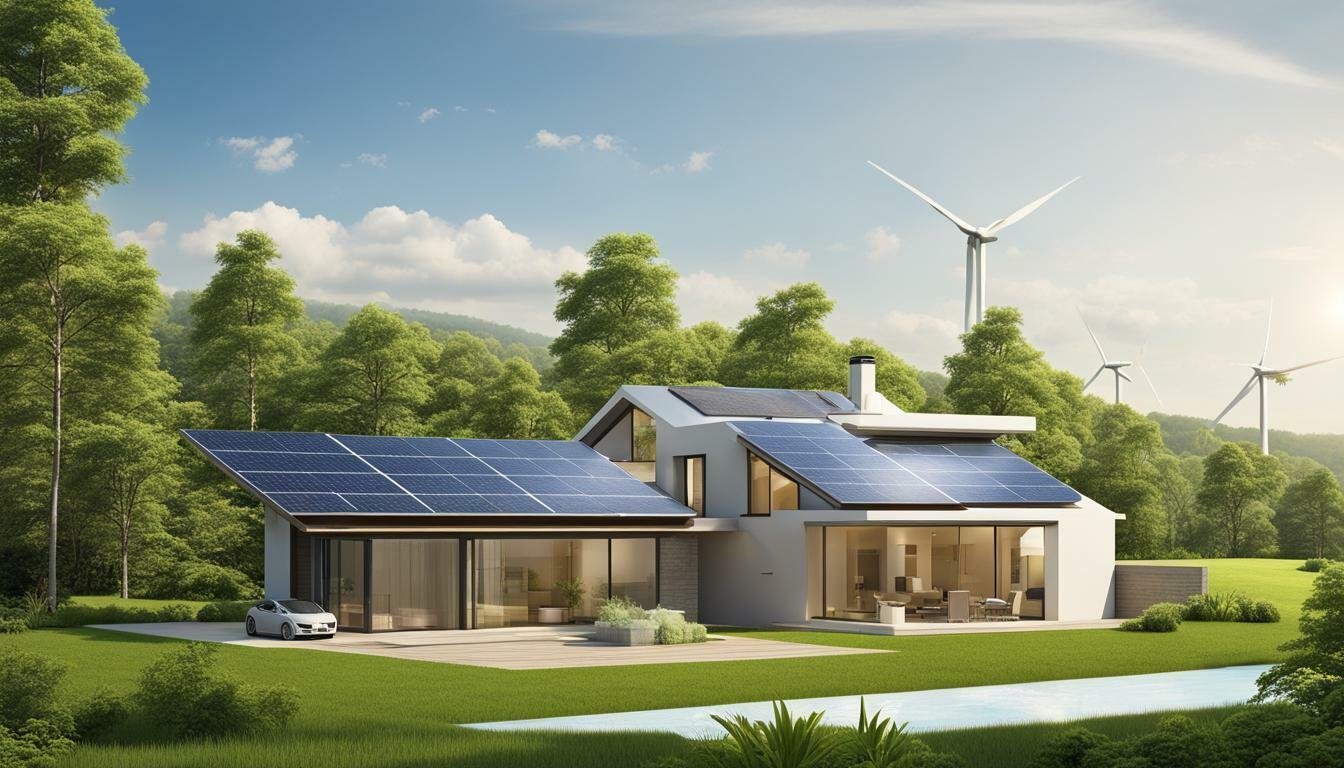

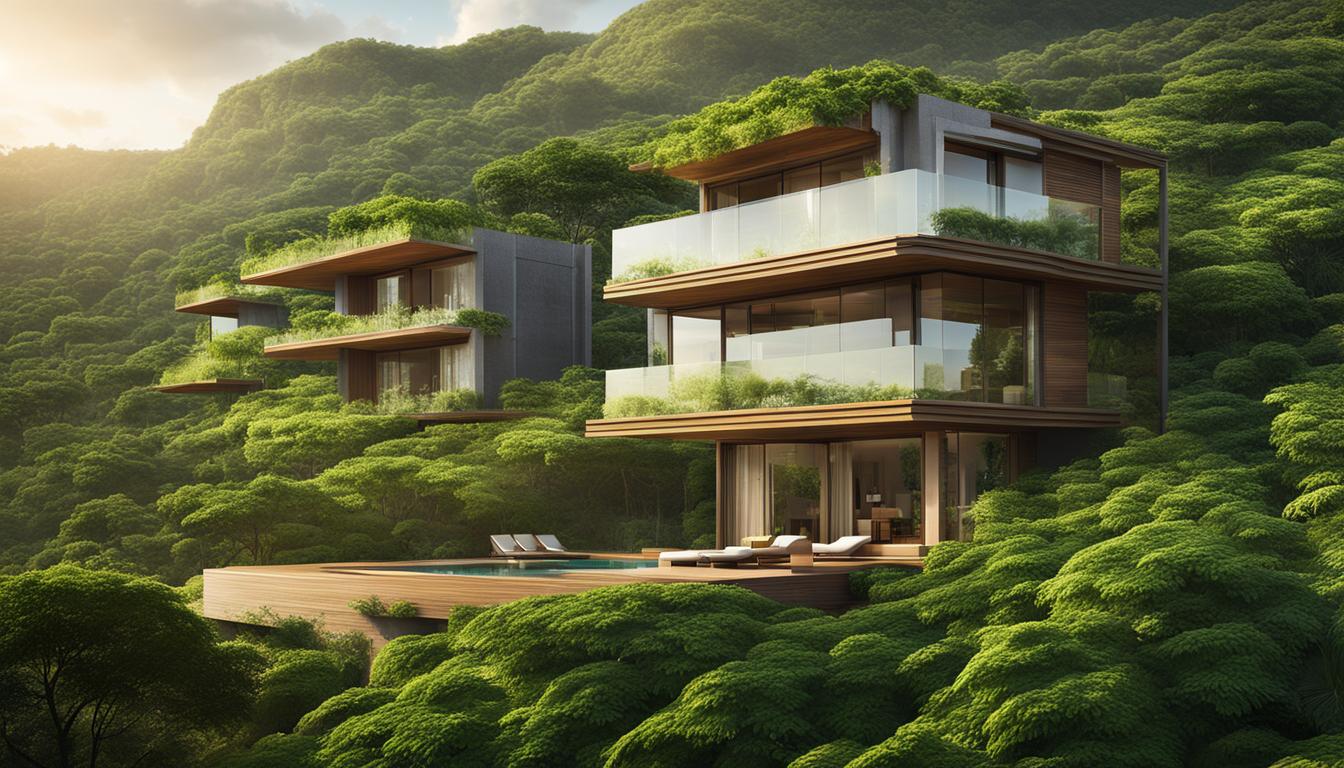
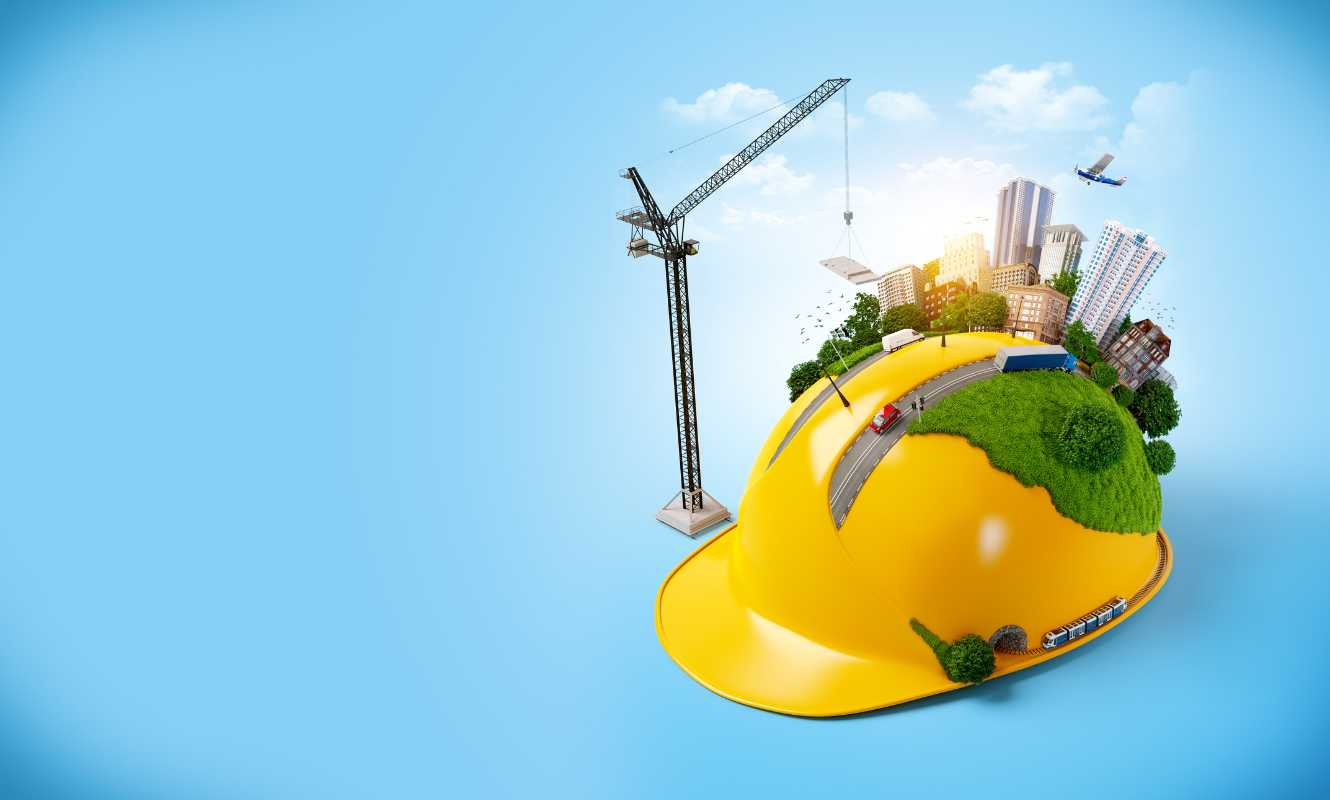
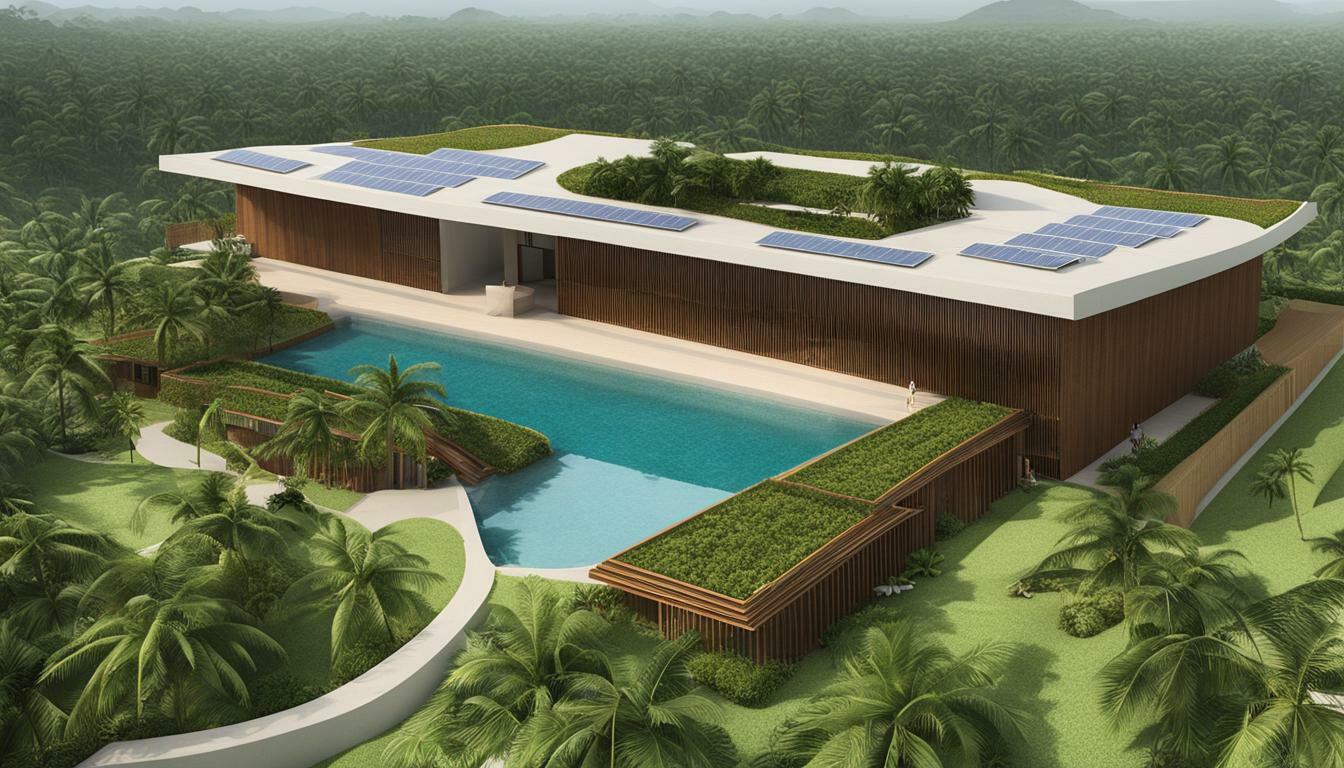
Embracing Green Building in Antigua and Barbuda
2 years ago[…] Embracing Green Building in Armenia: A Sustainable Future […]
Armenia Top Green Buildings: Sustainable Architecture
2 years ago[…] Armenia Top Green Buildings Key Takeaways: […]
Discover the History of Green Building in Armenia
2 years ago[…] buildings and green construction materials. In this section, we delve into the history of green building in Armenia, exploring the country’s sustainable construction practices and eco-friendly […]